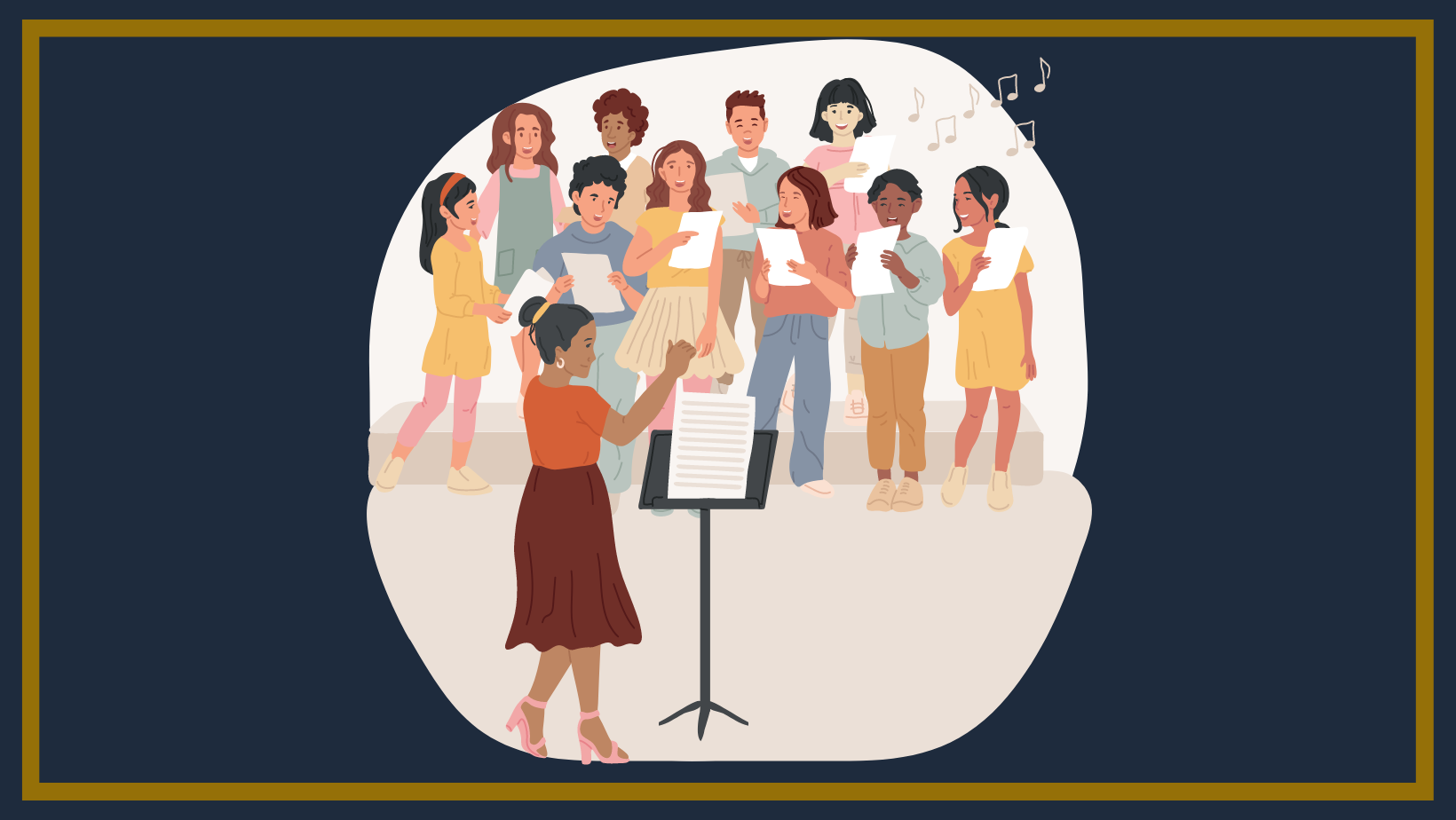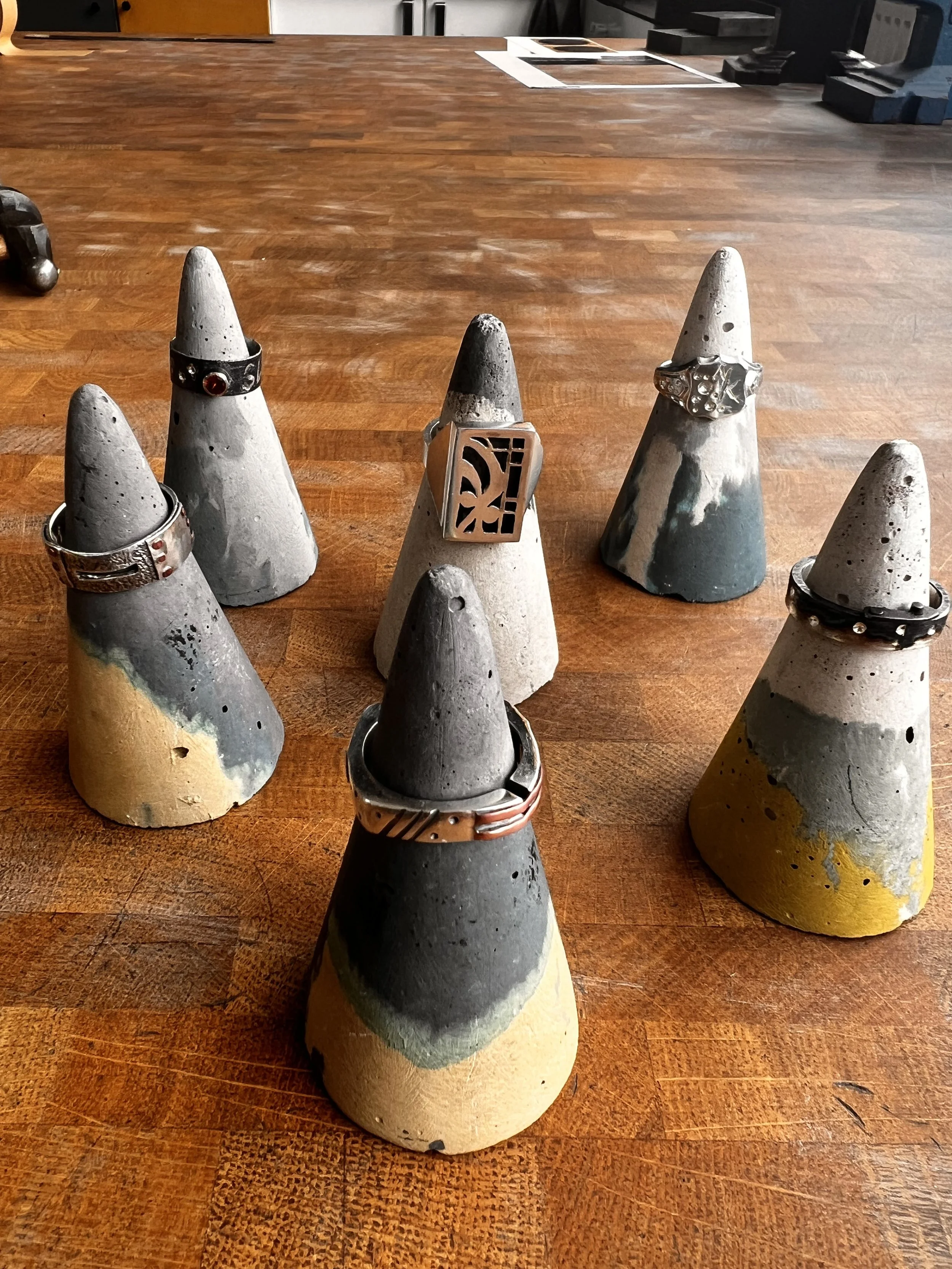Reframing Critique in the Creative Space and Beyond
Imagine a seven year old child standing in a school assembly hall, surrounded by lots of other seven year olds all singing their hearts out, its a great feeling, singing with your friends. Then a teacher taps this particular kid on the shoulder and asked her to step aside, away from the others.
What happens next is may not seem like a big deal on the surface, but put your seven year old self in the shoes of this kid, singled out and separated from the group.
The child is handed a triangle and told NOT to sing but to hit the triangle in time with the music. Some minutes later the triangle was retrieved by the teacher who said. “I think we’ll find something else for you to do in the Nativity that is not musical.”
For the entire of my life since I have mimed at weddings, funerals and concerts. Terrified that someone would hear me sing.
I am in no doubt that this experience had a massive impact on my confidence and at just seven years of age it contributed to my expectations and fears surrounding feedback.
Most of us will have similar stories, from school, university, work, and perhaps family life. This is far from my only negative feedback story, but it’s the first one I remember and I still feel its impact in my fifties!
Some of us may have given feedback and wished we could have done it differently or better. I know there are times in my life when I have felt like that.
At the beginning of this year, Scott walked up to my desk in Vanilla Ink and handed me a book. “I got this for you, I think you’ll like it,” he said. “It’s about running feedback sessions that we do for the INKubator Programme, and this is the method we use - I think you’ll be great at it!”
I was excited by the gift. I love books and was intrigued by this one, so I dived straight into ‘Critique is Creative’ by Liz Lerman & John Borstel.
As someone who devours books and studied literature at university, I have an incredible respect for the impact books can have on our lives. I could map my life out in the books that I have read, loved, and struggled through at different times, and there are some that have really influenced me and changed my view of the world in different ways.
Critique is Creative is already a milestone for me. The book explains and examines The Critical Response Process, a way of engaging in critique that by using a structure and clear guidance on the process, allows for a safe, engaging dialogue, between the artist, and those responding to the work. A process crafted by Liz Lerman in the 1990’s and refined by Liz, and John Borstal over subsequent years. If you have already come across and are using this process, then forgive me as I am sure I will be preaching to the converted.
I am sure we have all at some time read a film or theatre review, or watched Barry Norman or Jonathan Ross deliver critiques on movies that are themselves considered a form of entertainment. In these cases, a viewer passes comments and opinions with little or no discussion with those behind the work.
Now we know it’s not always possible to discuss work with an artist, author or creator, but where it is, it seems to me to make perfect sense to engage in dialogue and not just judgement.
The Critical Response Process gives us a framework in which to open conversations and have discussions in a way that makes my 7-year-old self feel safe again.
Now I do not want to teach the world to sing, [the self-awareness that comes with age tells me that is never going to happen, though I can occasionally be heard singing along at gigs and to the right song on the radio these days]
But what I do want to do is share and spread the word about a different way of supporting growth, dialogue, communication and encouraging exploration of ideas by using the Creative Response Process.
Some of Vanilla Ink’s INKubator Students taking part in a Critical Response Process session around a brief they had worked on at the end of their first term.
Chris MacFarlane, INKer, explains his first experience of the Critical Response Process at Vanilla Ink.
Our first critique session on the Vanilla Ink Inkubator course followed an excellent design brief - create a ring as a gift from a rockstar to his sound engineer, celebrating their shared love of an infamous outlaw.
Simple enough. I was unsure what to expect from the critique process led by Ellie, Vanilla Ink CEO and the INKubator course lead for business and beyond. VI’s reason d’etre is to engage and support people in jewellery making (they have their own brilliant strap line for this - Educate. Inspire. Empower.)
I admit I half expected the session to be hugs and emotional support if it hadn’t gone well - like your granny when you show her a school report. “I’m proud of you. You’re brilliant in my eyes, dear.”
My nervousness was unfounded. This was a well structured and thoroughly engaging process. It’s maybe worth mentioning that I studied design for 5 years and have taught in a college for 15 years. So participating and leading critique sessions was nothing new to me. Ellie led us through the Critical Response Process where each student discussed strengths and weaknesses rather than ‘pitch’ their work. We were then asked if we were receptive to comments at the end.
This helped everyone feel heard and removed the pressure to ‘wow’ with your presentation at the start. So yes, my hesitation was unfounded. Ellie confidently led us though a very engaging session and all students stepped up to the challenge of the brief, and felt supported, engaged and empowered by the Critical Response Process. Roll on the next one!
Post Critical Response Process session. Some of our INKubator students sharing a celebration of support.
Some of the work being discussed during a Critical Response Process session
INKer Jade of Cairney Jewellery taking part in the Critical Response Process as a Responder
One of the things that intrigued and excited me the most about the CRP was the way in which everyone involved in it from Liz and John to the various practitioners I have read and watched on YouTube all talk about its evolution. Originally devised by Liz to be used in performance arts, CRP has changed the way discussions are held and now critical response and challenge are used in so many disciplines. Of particular intrigue for me is the work Liz has done bringing dance and science together.
But I digress as I often do. And the reason for that is that I am incredibly excited about what this process can help us to achieve. I am particularly interested in how we can develop and encourage the use of CRP in our non-performance arts. I want to explore how can we use it at Vanilla Ink CIC to help those we work with in our social enterprise work. And finally, I want to engage with other businesses and social enterprises to understand how they can support meaningful conversations about innovation.
CRP fits perfectly into our ethos, Educate, Inspire, and Empower. We are building CRP into more than just our INKubator Programme. We are developing new Social Enterprise Courses, with this embedded into them. The Critical Response Process is far more than a format for providing feedback in an artistic or creative space. It is an education in communication. It provides a platform for healthy dialogue in which trust and respect are curated and nurtured.
Watch out for more on how the Creative Response Process is used in and supports the work we do in future blogs.
Before I leave you, for this week, I thought I’d share the ending of my experience with the school choir and nativity. I was given the role of the narrator. The teacher explained to me that the one thing they were sure I could do was talk. Well, they were not wrong, but I am proud to use my voice to encourage and support others.
Thanks for taking the time to read, be kind, Ellie
EDUCATE INSPIRE EMPOWER






